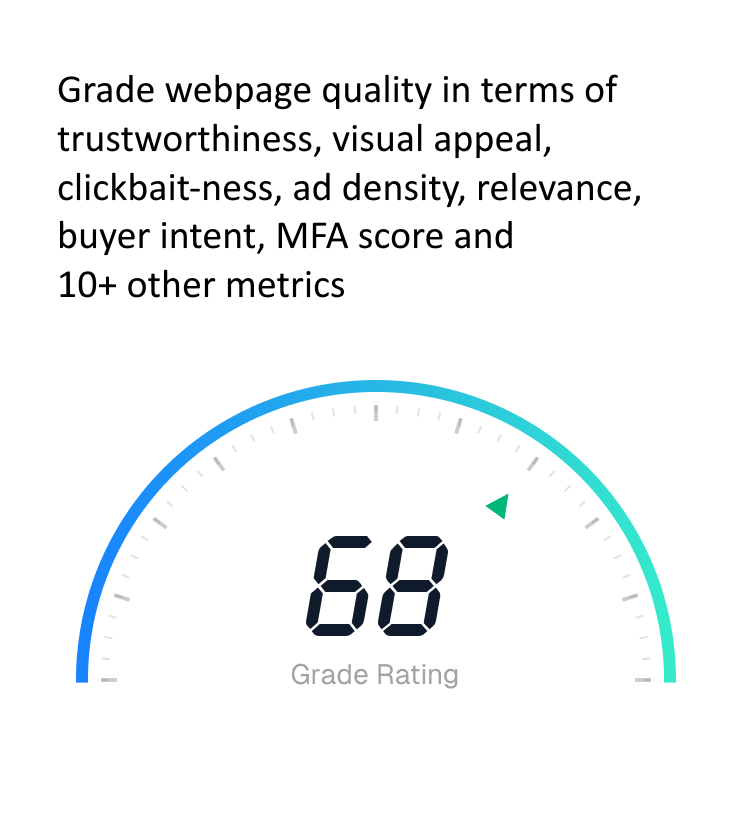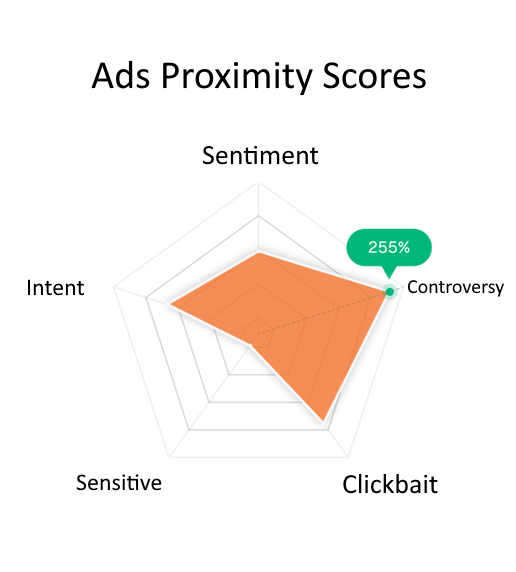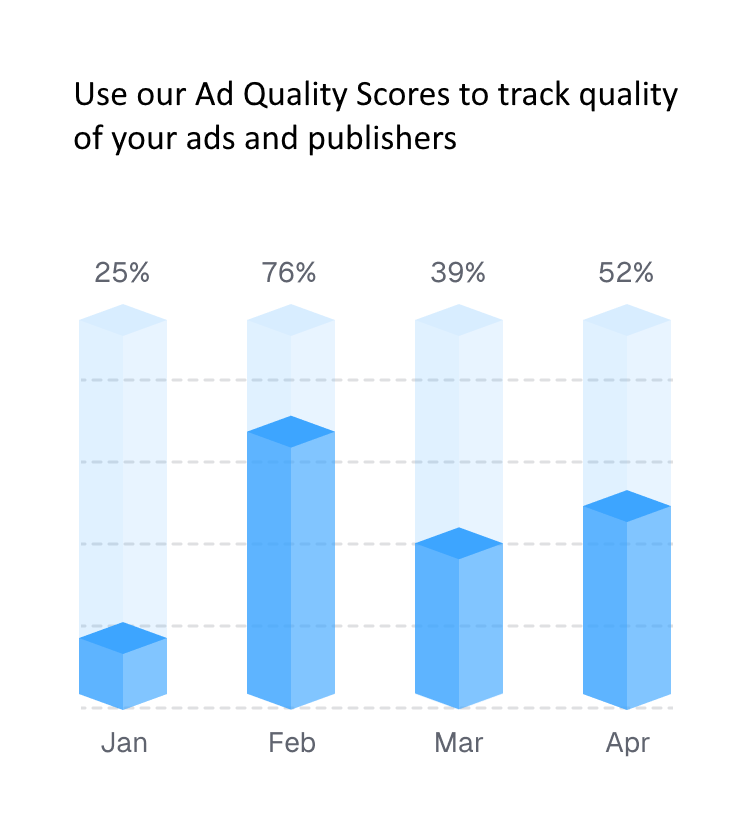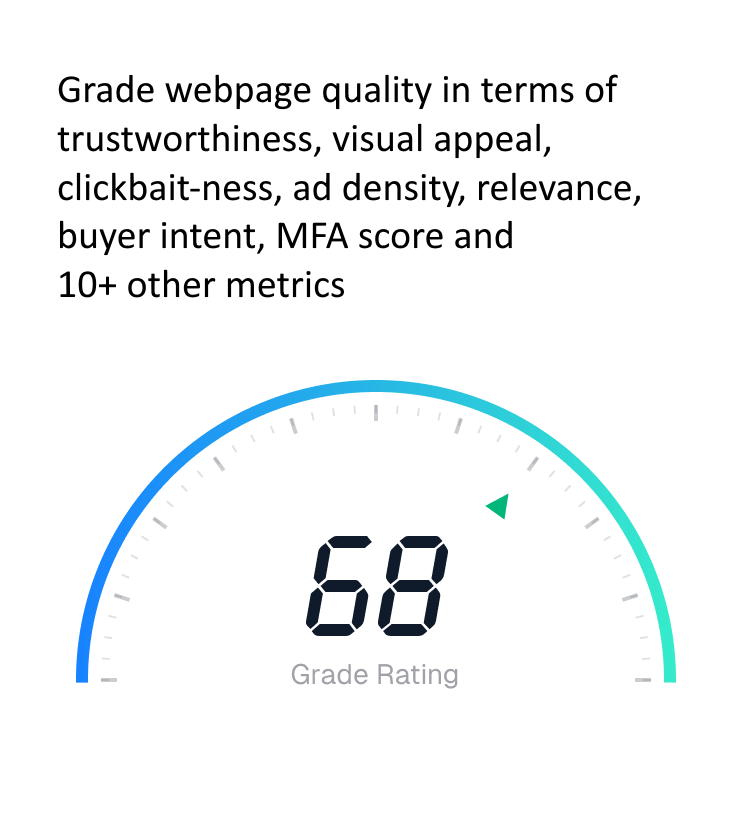Advanced Speech Recognition and Audio Analysis for Complete Video Safety

While visual content moderation has traditionally received the most attention in platform safety discussions, audio content represents an equally critical vector for policy violations, harmful content, and user safety concerns. Audio content moderation encompasses the comprehensive analysis of spoken words, background sounds, music, and other audio elements within video content to ensure compliance with platform policies and legal requirements.
The sophistication of modern audio content moderation goes far beyond simple keyword detection or volume analysis. Today's advanced systems must navigate complex linguistic patterns, cultural contexts, tonal variations, and multilingual content while maintaining the nuanced understanding necessary to distinguish between legitimate expression and genuine policy violations. Our comprehensive audio content moderation system addresses these challenges through state-of-the-art speech recognition technology, advanced natural language processing, and sophisticated acoustic analysis.

The foundation of effective audio content moderation begins with highly accurate speech recognition technology that can convert spoken words into text for analysis. Our advanced automatic speech recognition (ASR) system employs cutting-edge deep learning models trained on millions of hours of diverse audio content, enabling accurate transcription across a wide range of languages, accents, dialects, and audio quality conditions.
Global video platforms require audio moderation systems that can accurately process content in dozens of languages and hundreds of regional dialects. Our speech recognition technology supports over 50 major world languages with specialized models for regional variations, cultural expressions, and linguistic nuances. This includes not only major languages like English, Spanish, Mandarin, and Arabic, but also regional languages and dialects that are crucial for comprehensive global content moderation.
The system's language detection capabilities automatically identify the primary language being spoken in audio content, enabling appropriate routing to specialized language-specific analysis models. For multilingual content where multiple languages are spoken within a single video, the system can track language switching and apply appropriate moderation standards for each linguistic segment.
Real-world audio content often contains background noise, music, multiple speakers, and varying audio quality that can challenge traditional speech recognition systems. Our audio content moderation technology incorporates advanced noise reduction algorithms and audio enhancement capabilities that improve transcription accuracy even in challenging acoustic environments.
Background music separation allows the system to isolate spoken content from musical accompaniment, ensuring that important speech content is not obscured by background audio. Multi-speaker separation technology enables individual speaker identification and tracking, which is crucial for determining responsibility in conversations involving multiple participants.
Deep neural networks specifically trained for diverse audio environments and speaker characteristics.
Live audio stream processing with sub-second latency for immediate content analysis.
Automatic adjustment to varying audio quality, compression, and recording conditions.

Once audio content has been accurately transcribed into text, sophisticated natural language processing (NLP) algorithms analyze the linguistic content for potential policy violations. This analysis goes far beyond simple keyword matching to understand context, intent, cultural references, and subtle forms of harmful communication that might not be immediately apparent through basic text analysis.
Detecting hate speech and discriminatory language requires sophisticated understanding of linguistic patterns, cultural contexts, and evolving terminology. Our NLP models are continuously trained on current examples of hate speech, discriminatory language, and coded expressions used to target protected groups while evading detection. This includes both explicit slurs and insults as well as more subtle forms of discriminatory communication.
The system's cultural awareness extends to understanding how discriminatory language varies across different cultural contexts and how certain terms or expressions might be offensive in some cultures while being acceptable in others. This nuanced understanding is crucial for global platforms that serve diverse user bases with varying cultural sensitivities and legal requirements.
Identifying threats of violence, calls for harmful action, and advocacy of dangerous behaviors requires sophisticated analysis of linguistic intent and context. Our threat detection algorithms analyze not only explicit threats but also coded language, implied threats, and escalating patterns of aggressive communication that might indicate increasing risk of real-world harm.
The system distinguishes between fictional or entertainment-related discussions of violence and genuine threats or advocacy of harmful action. This contextual understanding is particularly important for platforms that host content related to gaming, entertainment, news, or educational discussions where violence might be mentioned in legitimate contexts.
Audio content often contains inadvertent disclosure of personal information, including phone numbers, addresses, social security numbers, financial information, and other sensitive data that could pose privacy risks or enable identity theft. Our privacy protection algorithms automatically detect and flag such information, enabling platforms to take appropriate action to protect user privacy.
Understanding speaker intent and situational context to reduce false positives in content detection.
Emotional tone detection to identify aggressive, threatening, or harmful communication patterns.
Identification of people, places, organizations, and sensitive information within speech content.

Beyond speech content analysis, comprehensive audio moderation must address various specialized categories of audio content that may violate platform policies or legal requirements. This includes copyrighted music detection, non-speech audio analysis, and identification of audio content that may be harmful or inappropriate even without containing spoken violations.
Music and audio copyright infringement represents a significant concern for video platforms, with potential legal and financial consequences for unauthorized use of protected content. Our audio content moderation system includes sophisticated audio fingerprinting technology that can identify copyrighted music, sound effects, and other protected audio content within user-uploaded videos.
The system maintains an extensive database of audio fingerprints for millions of copyrighted works, enabling real-time identification of potential copyright violations. Advanced acoustic matching algorithms can identify copyrighted content even when it has been modified through pitch shifting, tempo changes, or audio quality reduction - common techniques used to evade basic copyright detection systems.
Harmful audio content extends beyond spoken words to include non-speech sounds that may be inappropriate or dangerous. This includes sounds associated with violence (gunshots, explosions, screaming), sexual content (explicit audio), illegal activities, or other policy violations. Our audio analysis technology can identify and classify these non-speech audio patterns with high accuracy.
The system's acoustic analysis capabilities extend to identifying dangerous instructional audio, such as bomb-making instructions, weapon modification guides, or other harmful instructional content that might be embedded within video content. This comprehensive approach ensures that all audio elements of video content are appropriately evaluated for policy compliance.

Live streaming platforms present unique challenges for audio content moderation, requiring real-time processing capabilities that can analyze audio content as it is being broadcast and provide immediate responses to policy violations. Our real-time audio moderation system is specifically designed to handle the demanding requirements of live content with minimal latency while maintaining high accuracy standards.
Real-time audio moderation requires processing capabilities that can analyze live audio streams with latency measured in milliseconds rather than seconds. Our system employs optimized processing pipelines and distributed computing architectures that enable real-time analysis of multiple concurrent audio streams without introducing noticeable delays in content delivery.
The low-latency processing capabilities enable immediate automated responses to detected violations, including automatic audio muting, content warnings, stream termination, or other protective measures. This rapid response capability is crucial for preventing harmful content from reaching audiences during live broadcasts.
When policy violations are detected in live audio content, automated response systems can take immediate action to protect audiences and maintain platform compliance. These responses can be configured based on violation severity, content type, and platform policies, ranging from subtle content warnings to immediate stream termination.
Advanced response systems can implement graduated responses, such as temporarily muting audio for minor violations while allowing the stream to continue, or providing real-time feedback to content creators about potential policy issues before they escalate to more serious violations.
Continuous analysis of audio stream buffers for immediate violation detection and response.
Selective audio muting for policy violations while maintaining video stream continuity.
Real-time notifications to content creators about potential policy violations during live streams.
Implementing comprehensive audio content moderation within existing video platforms requires careful consideration of technical architecture, processing resources, and workflow integration. Our audio moderation system has been designed with flexibility and scalability in mind, supporting various integration approaches from simple API implementations to comprehensive SDK integration.
Our RESTful API endpoints provide seamless integration with existing content management systems, enabling automated audio analysis as part of standard content upload and processing workflows. The API supports both synchronous and asynchronous processing modes, allowing platforms to choose the most appropriate integration approach based on their specific requirements and user experience considerations.
Different platforms have varying community standards, legal requirements, and cultural considerations that affect their audio content moderation needs. Our system supports extensive customization of moderation policies, sensitivity levels, and response actions, enabling platforms to implement moderation standards that align with their specific requirements while maintaining comprehensive protection against harmful content.
Comprehensive reporting and analytics capabilities provide platform operators with detailed insights into audio content patterns, violation trends, and moderation effectiveness. These analytics enable data-driven decision-making about policy adjustments, resource allocation, and platform safety improvements.
The field of audio content moderation continues to evolve rapidly, driven by advances in artificial intelligence, changing content creation patterns, and emerging audio technologies. Future developments in our audio moderation capabilities focus on enhanced contextual understanding, improved multilingual support, and adaptation to new audio content formats such as spatial audio and interactive audio experiences.
Ongoing research into emotional intelligence and psychological pattern recognition promises to enhance the system's ability to detect subtle forms of harmful communication, while advances in federated learning enable continuous improvement of moderation models while maintaining user privacy and data protection.
Audio content moderation represents a critical component of comprehensive video safety that cannot be overlooked in today's digital content landscape. By combining advanced speech recognition, sophisticated natural language processing, and comprehensive acoustic analysis, our audio content moderation system provides the technological foundation necessary to maintain safe, compliant, and inclusive digital environments.
For platforms serious about content safety and user protection, implementing robust audio content moderation alongside visual analysis ensures comprehensive coverage of all potential policy violations and harmful content, creating the safest possible environment for users and communities.